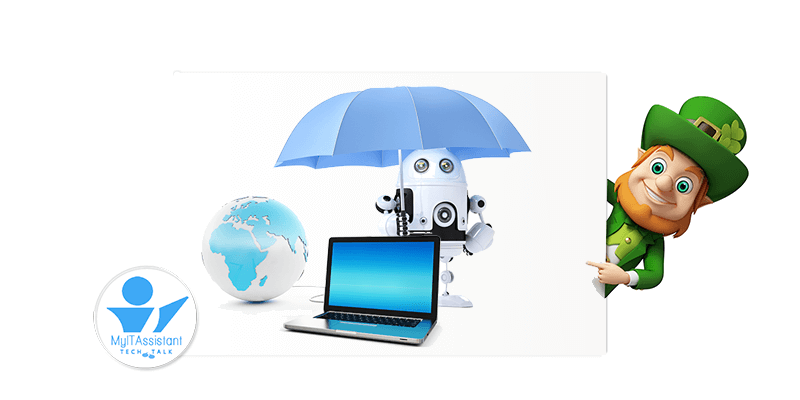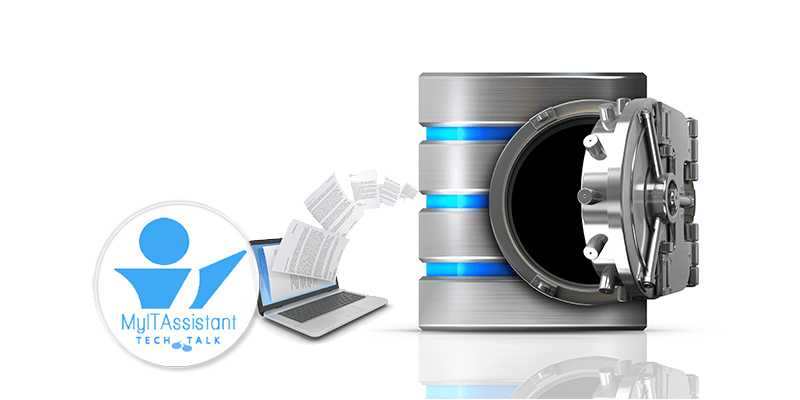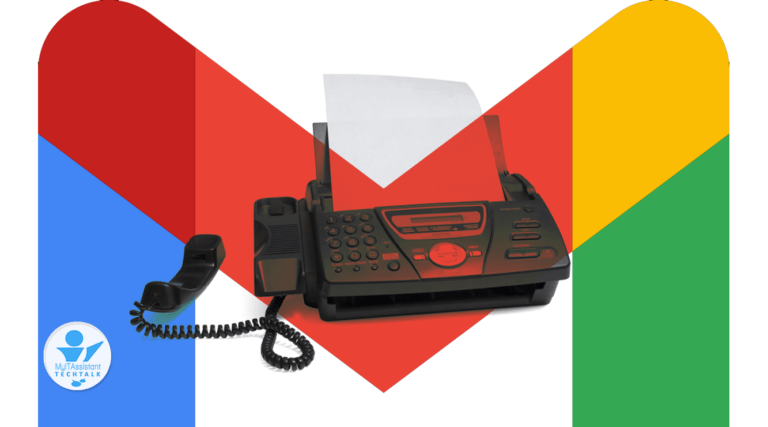A Primer on the Android Operating System
Authored by Ken Schneider
Android phones are quickly becoming the wave of the future. An Android phone does not merely mean talking and text messaging. The platform is powerful and capable of doing things just as if you were using your home PC, just on a much smaller scale.
The Android App Market allows you to download apps that will turn your phone into a flashlight, translate foreign languages, and assist with GPS-based navigation. All of this power is comfortably held in the palm of your hand. Being connected all the time means you can surf the internet while on your lunch break in the local park or ensure that you’re always on top of your emails. Some of the phones come equipped with a physical keyboard while others rely on touch-screen keyboards. There’s always a device available that will help fit your needs.
Using an Android phone is also becoming easier and easier as time moves on. Google takes leaps and bounds several times a year with updates to the operating system. One recent advance in the Android platform is that you can voice-activate many aspects of your phone. You can open applications, place phone calls, and even dictate text messages just by talking at your phone.
Expanding further, these phones can also be used to take photos and videos which can immediately be transferred to your home PC without even being home. Most even support direct uploading to YouTube so that the world can immediately see what you just saw.
Furthering the convenience factor, all Android phones utilize very common USB cables for charging & data transfer. No more worrying about picking out the perfect charger that will only fit your phone. You just have to go out and pick up a USB cable. Sync, charge & share from your phone with just one cable.
Since the platform has matured, Android is neck & neck with Apple’s iPhone and has quickly surpassed Blackberry as the most popular mobile phone operating system. Google is due to release Android 2.3 Codenamed “Gingerbread” in the near future. A fun fact about the Android operating system is that all of its releases are code-named with desserts. Previous iterations include “Froyo”, “Cupcake” & “Donut”.
The Gingerbread update will mark the fifth update since the initial release of Android in 2008. This new version is expected to include features such as refined user interface, improvements to the touch-screen keyboard and better copy/paste features. Also, devices that support “Near Field Communication” will arrive in the near future. Imagine being able to use your phone as a credit card, and that’s merely the start of “Near Field Communication” technology. The Android platform is revered for taking on new technology at a faster pace than its competitors.







